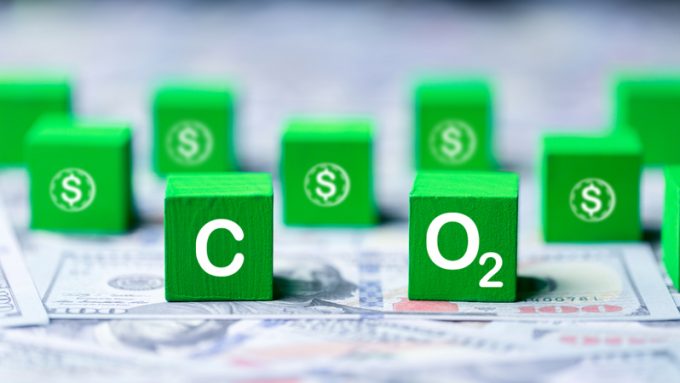IMO negotiations recap – pros and cons
It’s a delicate balancing act

European shippers and freight forwarders are beginning to understand how new EU emissions regulations, set to come into force in January, could increase ocean freight costs.
The Emission Trading System (ETS) is the bloc’s attempt to force its transport industries to decarbonise by introducing a CO2 pricing market mechanism.
The ETS CO2 emissions per teu are based on methodology developed by the Clean Cargo Working Group, as well as market prices for EU allowances (EUAs) – the CO2 calculations for a voyage ...
Maersk u-turn as port congestion increases across Northern Europe
Apple logistics chief Gal Dayan quits to join forwarding group
Maersk Air Cargo sees volumes fall as it aims for 'margin in favour of revenue'
Houthis tell Trump they will end attacks on Red Sea shipping
Transpac rates hold firm as capacity is diverted to Asia-Europe lanes
Airlines slash freighter capacity post-de minimis, but 'the worst is yet to come'
MSC revamps east-west network as alliance strategies on blanking vary
India-Pakistan 'tit-for-tat' cargo ban sparks sudden supply chain shocks

Comment on this article